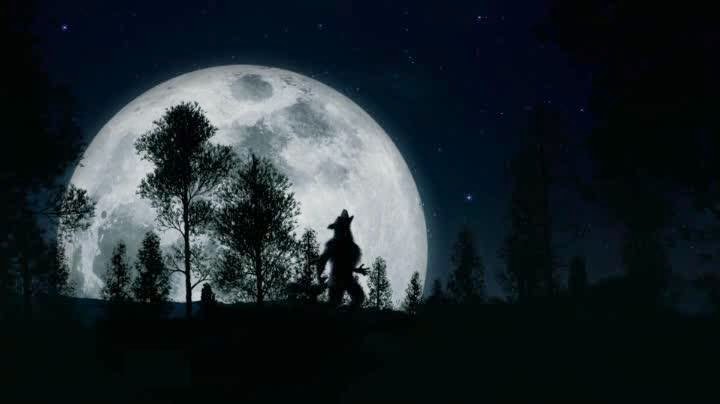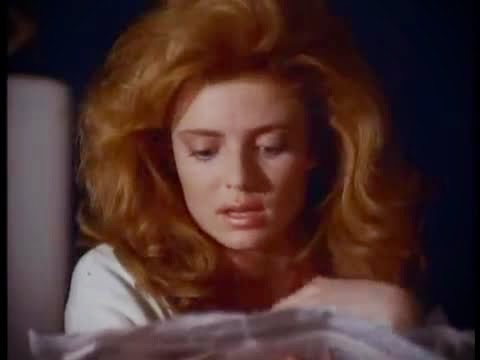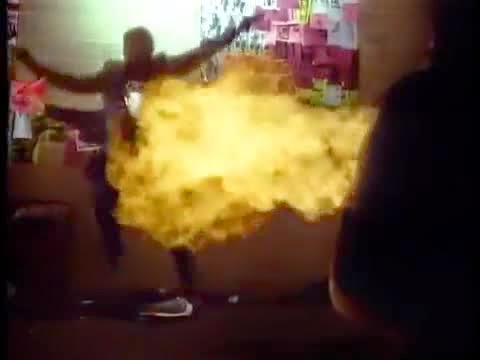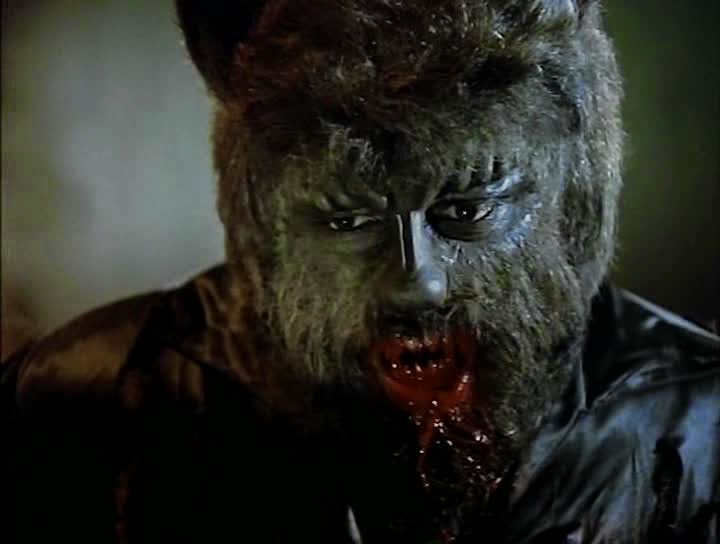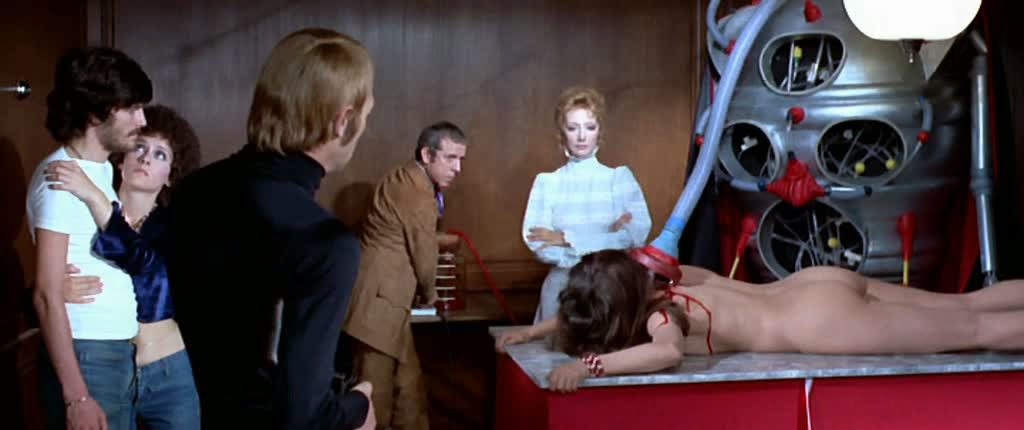Director: Lucien Förstner
Release Date: 2013
Contains spoilers Regular readers will be aware that I will look at films that are about real world serial killers, if they have been called vampires for some reason. Béla Kiss was one such serial killer.
Living in the small town of Czinkota near (and now part of) Budapest he had a farm on which he seemed to be stockpiling barrels of petrol. He was drafted into the First World War and, in 1916, soldiers went to his property to appropriate the petrol. Rather than fuel, however, they contained the bodies of women preserved in alcohol. The vampire connection comes in because, according to Charlotte Greig’s Evil Serial Killers: In the Minds of Monsters, there were punctures on the necks and they had been drained of blood.
![]() |
| soldier |
As such, when I sat down to watch this I thought it likely to be an honourable mention. As it turned out, it is most definitely a vampire movie – albeit one that suffers from trying to be a bit of all things to all people. It begins with images of soldiers attending the Bela Kiss (Rudolf Martin,
Dracula – the Dark Prince&
Buffy the Vampire Slayer) property, accompanied with a tape recording of one of them describing what they found. The opening is effective in generating an atmosphere for the film.
![]() |
| Kristina Klebe as Julia |
After some (frankly confusing) images of an attack (possibly sexual) the camera cuts to the woman, Julia (Kristina Klebe,
Buffy the Vampire Slayer – season 8 motion comic), who is daydreaming the attack whilst playing with a pendant and looking out of a VW van’s window. Driving the van is her boyfriend Felix (Ben Bela Böhm) and the other passengers are Sophie (Janina Elkin), Peter (Angus McGruther) and Nikolai (Fabian Stumm). Nikolai is a childhood friend of Julia, they were in the same orphanage, and demands that they take a back road.
![]() |
| Fabian Stumm as Nikolai |
By doing so they get stuck as a land rover blocks the path. They hear a gunshot and a man (Roman Leitner) comes up to the van and says he’ll move his vehicle out of their way. His battery is flat and he asks for a jump start. Reluctantly they agree and Felix asks about blood on the man’s hand – he killed a deer he says. When his vehicle starts the radio comes on in the middle of a news report about bank robbers (3 men, 2 women) in a VW van. Now I have to say that they look the most unlikely bank robbers in the world, but it is they. There is a standoff that ends with a ringtone, the startled man accidentally fires, winging Julia - in return Nikolai shoots him; this is to the chagrin of the others as the guns used in the robbery were meant to be replicas only. Nikolai drags the man into the woods but he is still alive and so he bludgeons him to death.
![]() |
| Pester-Haigh and Jakubec |
They reach a hotel, which is their hideout destination as it is a getaway for illicit lovers and no names are given. However the hotel staff seem somewhat weird. The two we meet are Ms Jakubec (Julia Horvath), the proprietoress, and a waiter named Mr. Pester-Haigh (Peer Martiny). There is a house red wine that is suspiciously red (little further mention is made of this) and the menu only contains meat – Sophie is a vegetarian and this causes Mr. Pester-Haigh some consternation. Nikolai is the go-between with the gang's mysterious crime boss who phones occasionally, but Nikolai is lying to his friends by suggesting (as he has the only radio) that the police are actively looking for them, when in truth the search has been called off, and suggesting, therefore, that they remain in the hotel.
![]() |
| Death comes for Bela |
Whilst all this is going on we get flashbacks, via a researcher (Jörg Koslowsky), to the story of Bela Kiss. Whilst the film suggests, due to the scenery etc, that the researcher is working contemporary to the original events, he is actually in the modern setting. We discover that Bela Kiss was married, that his wife (Claudia Jäger) was having an affair and that, when following them into Budapest, Kiss was shot "dead" by a robber. We get a scene where Death hovers above him before being pulled away.
![]() |
| time took the bullet |
His life was saved by his pocket watch, which took the bullet, and he later lets the locals know that his wife “ran away” with her lover. He hires a housekeeper, Ms Jakubec, and then starts luring women under the pseudonym Hoffman. Of course, as per the real live Kiss, he goes to war at which point his murders are discovered but he is thought killed in action. The film keeps the features of the housekeeper Ms Jakubec hidden but it is clear she and the modern hotelier are the same person hence the vampire aspect. It is a spoiler, but not too much of one, to be told that Kiss discovered the secret of immortality through blood. Like, a character later says, a vampire but without the fairytale (sunlight for instance) or the fangs. As for the form of vampirism; we know they are living rather than undead from what they say and we don't actually see any obvious blood consumption, bar a lick off fingers. However we know it is consumed as mention is made of a certain paralysing agent leaving a bitter after-taste in the blood.
![]() |
| the film is part slasher |
The trouble with the film is that it puts too much in, beyond the fact that our bank robbers look more like college students. Ms Jakubec has a clear interest in Julia and Nikolai (telling the latter that she knows who they are), there is a weird and creepy hotel vibe that needed further follow through (recurring vibrating liquid, as though a Jurassic Park T-Rex is nearby, might suggest the supernatural - rather than dinosaurs - but is not really followed up on). Then there is a slasher aspect that takes way too long to come to fruition to be really effective. Then there is a Hostel type vibe but the film shies away from torture and so it doesn’t become torture porn. There perhaps needed to be an establishment between the researcher, the research and the present sooner and Bela Kiss himself needed to be in it more.
![]() |
| in a bloody bath |
Julia Horvath is fabulous as Ms Jakubec walking the line between predatory seductress and ultra-creepy really well. Her performance could have been exploited more (as the best in the film) had the film concentrated on the creepy hotel vibe more. Most of the cast is otherwise unremarkable but I have to mention Rudolf Martin who has little to do through the flashbacks – they are done stylistically (and I was impressed with the look and cinematography of these scenes) with his voiceover – but then gets a choice line to camera towards the end and chews the scenery so much that there seemed to be teeth marks in the DVD! This could have been so much better than it was but it does have some sense of style and the post-production seemed excellent.
4 out of 10.
The imdb page is
here.

